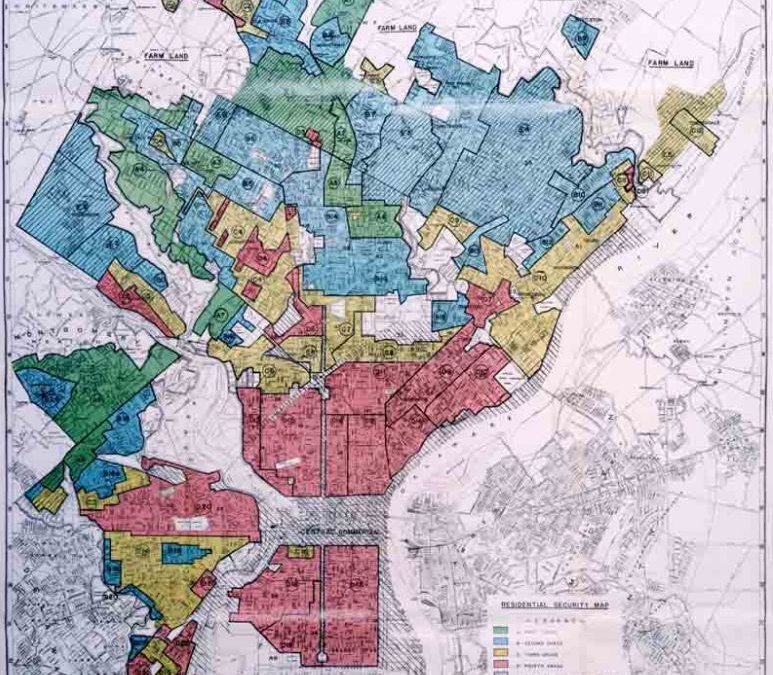In 1933 Roosevelt’s New Deal created housing programs designed to remedy a housing shortage. These programs created exclusively white suburban communities, excluding people of color and pushing them to urban housing projects. This segregation was worsened in 1934 with the creation of the Federal Housing Administration or FHA, which was created to insure mortgages.
The FHA refused to insure mortgages in and near non-white neighborhoods, particularly African-American neighborhoods. This policy, known as “redlining” created highly segregated neighborhoods and effectively barred people of color from home ownership. Redlining significantly hindered people of color’s ability to build intergenerational wealth, as home ownership is a large factor in accumulating wealth. Redlining was practiced until racial discrimination in housing was banned by the Fair Housing Act in 1968. Its effects can still be seen in the United States today, particularly in New York.
The effects of redlining on modern income and housing inequality in New York are staggering. Today, many formerly redlined neighborhoods have some of New York’s highest poverty rates. These areas still primarily consist of people of color. Property values in redlined areas were much lower than in other areas. Because of this, many investors who owned properties in redlined areas stopped investing in them, allowing them to fall into disrepair. This problem persists today as property values in formerly redlined areas continue to be lower than in surrounding areas. Because of low property values, local public schools in these areas are often underfunded. This inequality in education perpetuates the cycle of poverty and contributes to the higher crime rates in these areas.
In contrast, some of these formerly redlined neighborhoods are becoming gentrified. Gentrification occurs when middle- and high-income people begin buying homes in low-income neighborhoods and renovating them. This brings positive changes to the neighborhood such as lower crime rates, better infrastructure, and commercial development. It also creates more diverse neighborhoods with less racial segregation in the short term.
However, the negative effects of gentrification cannot be ignored. When a neighborhood becomes gentrified it creates significant income inequality in the area and often results in rent prices and property taxes increasing. This displaces long-term, low-income residents who can no longer afford to live in their neighborhood and it breaks apart communities.
Although gentrification leads to diverse neighborhoods in the short-term, the long-term effect is segregation. Gentrifying formerly redlined neighborhoods is not the answer to this problem. There is no one solution that will eliminate the effects of redlining, solving this problem will take many years of conscious effort.
